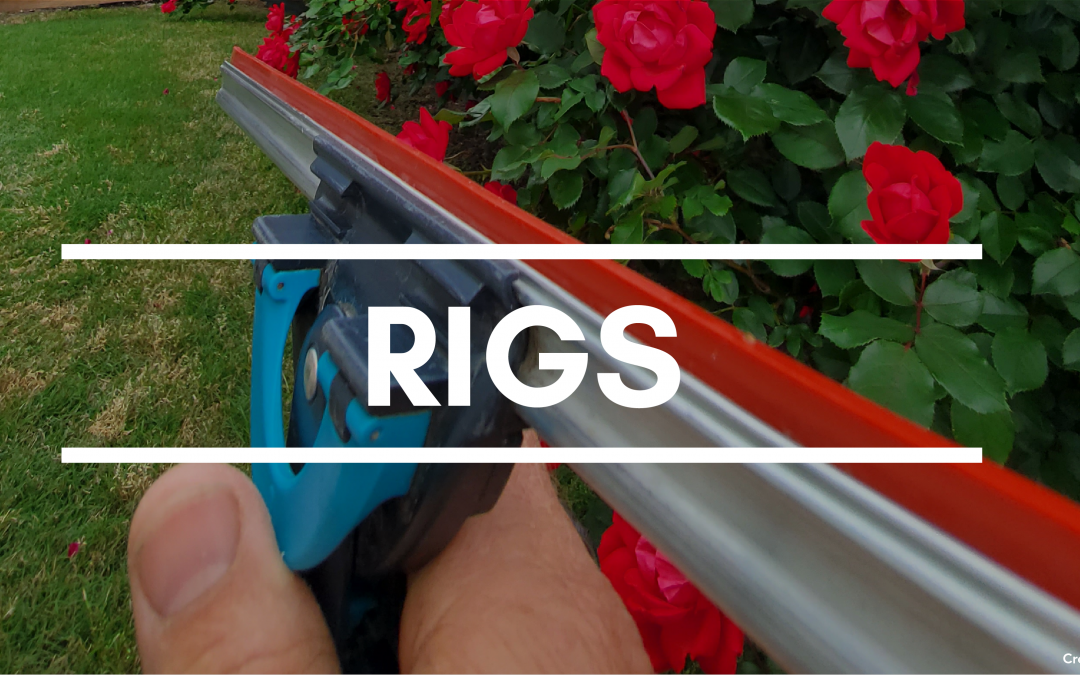Squeegee rubber was initially made from pure latex, which is vulcanized to give it strength and shape like car tires.
Today a squeegee rubber can be grouped into 3:
1. Natural rubber.
2. Silicone.
3. TPE, which stands for Thermoplastic elastomer or just artificial rubber.
Natural rubber is made from latex made from raw rubber from the rubber trees, which typically grows in the tropical climate belt. The latex is mixed with additives for different causes and can be modified in hardness as we know it, like soft, medium, or hard squeegee rubber. One of the additives in squeegee rubber made from natural rubber is carbon black, which extends the rubber’s lifespan and protects it from sunlight and ozone. Natural rubber is pressed in a warm press to make the shape of a squeegee rubber. Therefore, the length of the rubber usually is no longer than 42 inches because the price of the Press doing much longer items is costly.
When the squeegee rubber is molded, you should trim the end to make a sharp edge.

Credit: Joel Lamb
Silicone rubber is a highly adhesive gel or liquid; it must be cured, vulcanized, or catalyzed to turn solid. This process is typically carried out in a two-stage process at the manufacturing point into the desired shape and then in a prolonged post-cure process. It is usually extruded and can therefore be made in endless lengths. It can also be injection molded. Extrusion makes a round edge which needs to be trimmed to make a sharp edge.
TPE is the newest type of squeegee rubber and is mainly made to increase lifespan and add fancy colors. It is made from petroleum and added with rubbers to give flexibility. It can be extruded, or injection molded but is unfortunately not biodegradable as natural rubber and should therefore be recycled as plastics.
Is Rubber Biodegradable?
To understand the biodegradability of rubber, first, you must clarify what type of rubber you are considering. The natural rubber has different properties than synthetic rubber, and these properties are even more apparent during disposal.
Natural rubber is made from plants. Therefore, it is biodegradable. It means it will start to decompose when you throw it away. The facts are different when it comes to synthetic rubber. Synthetic rubber uses human-made polymers. Much of synthetic rubber is derived from petroleum.
Soft, medium, or hard?
The most common question when it comes to rubber is which type to choose.
Some general rules:
- The warmer the temperature, the hard rubbers you should use Soft for the winter, Medium for the summer & Hard for extreme temperatures. Soft is more flexible and adapts better to the glass but also wears off faster in warm temperatures.
- Medium will not perform well in cold temperatures and requires more force by the wrist to avoid skipping the glass but starts to perform well when the temperatures go above 65 degrees.
- Hard rubber will not work well unless the temperature is exceptionally high.
- Humidity is a factor of concern as well, and the higher humidity asks for a softer rubber.
But the most important rule is to find a rubber that suits you and your style.
-By Casper Schjorring


By brand which are hardest to softest
Hey David, the brands can vary with a firm, medium, or soft option, BUT silicone will always have the softest feel. That would go all the way up to an Unger hard. that to me feels the hardest.